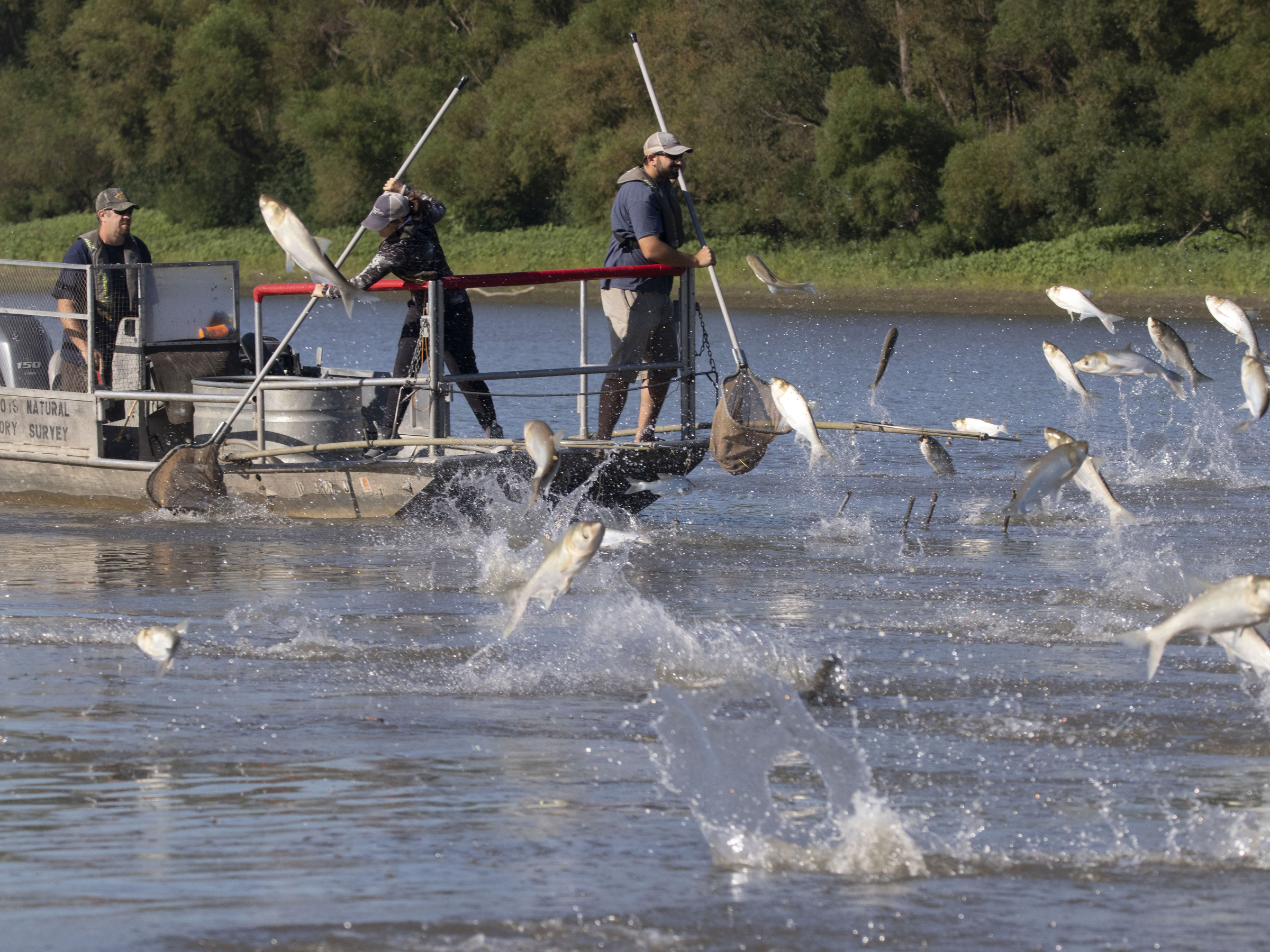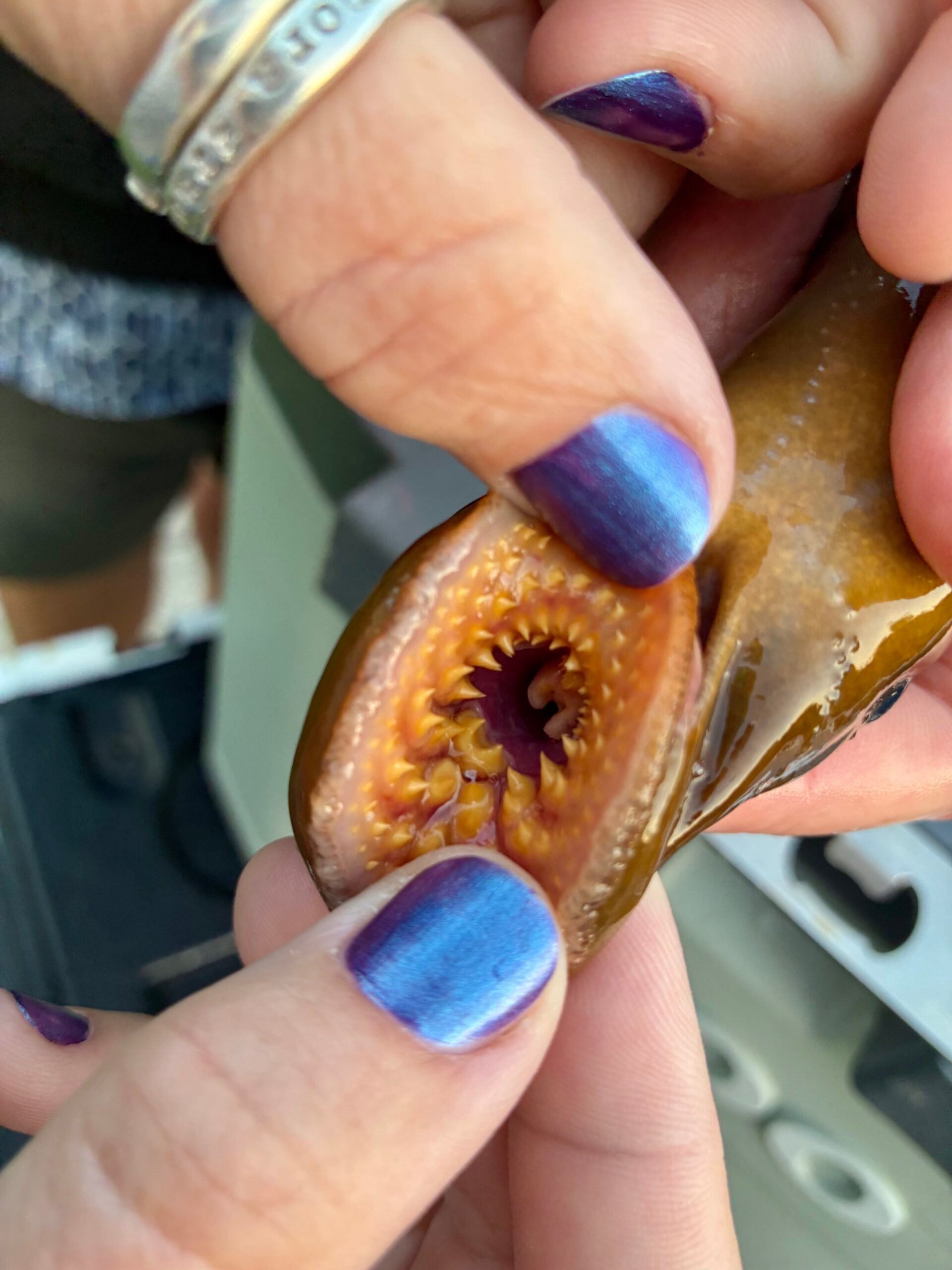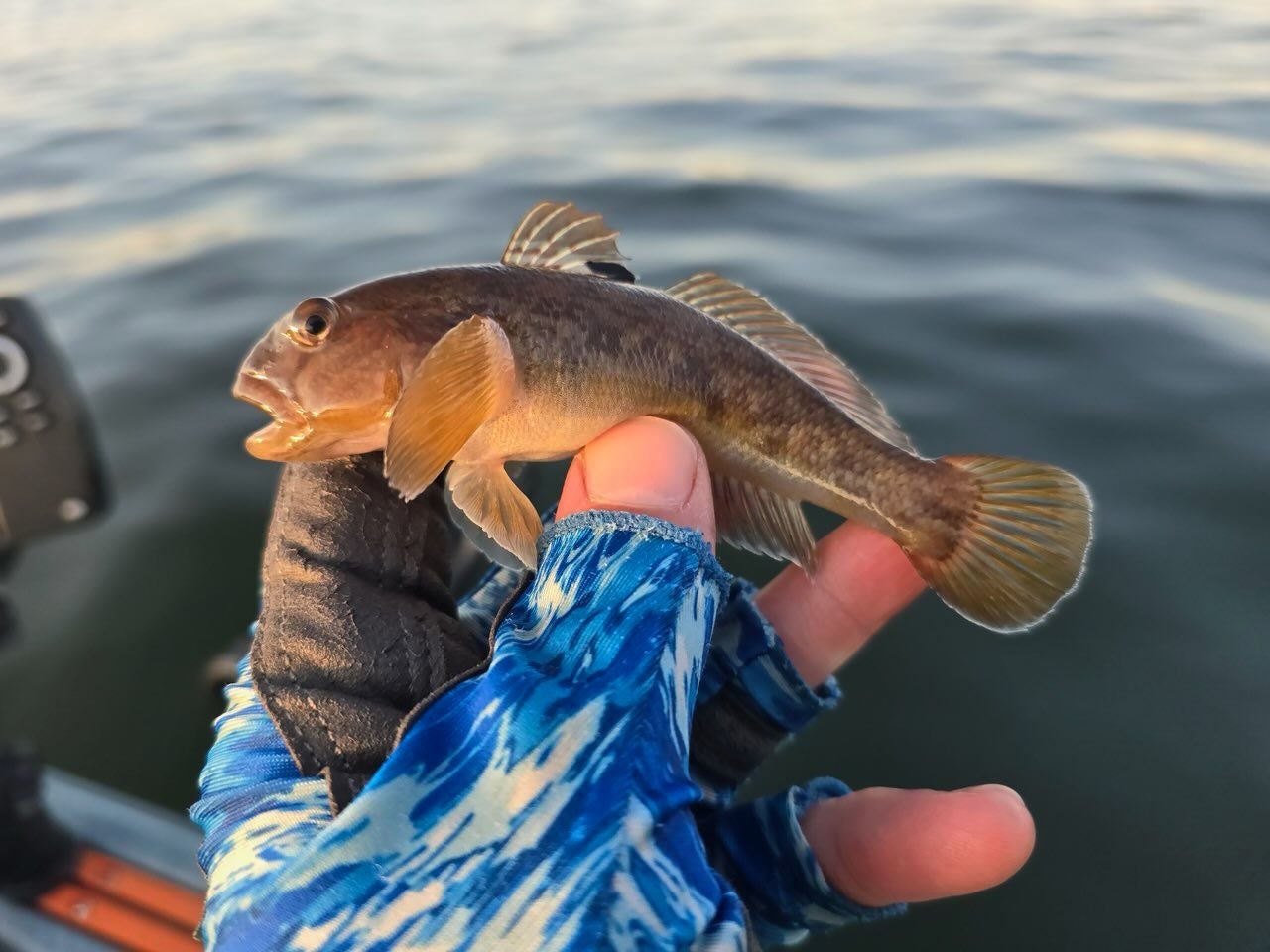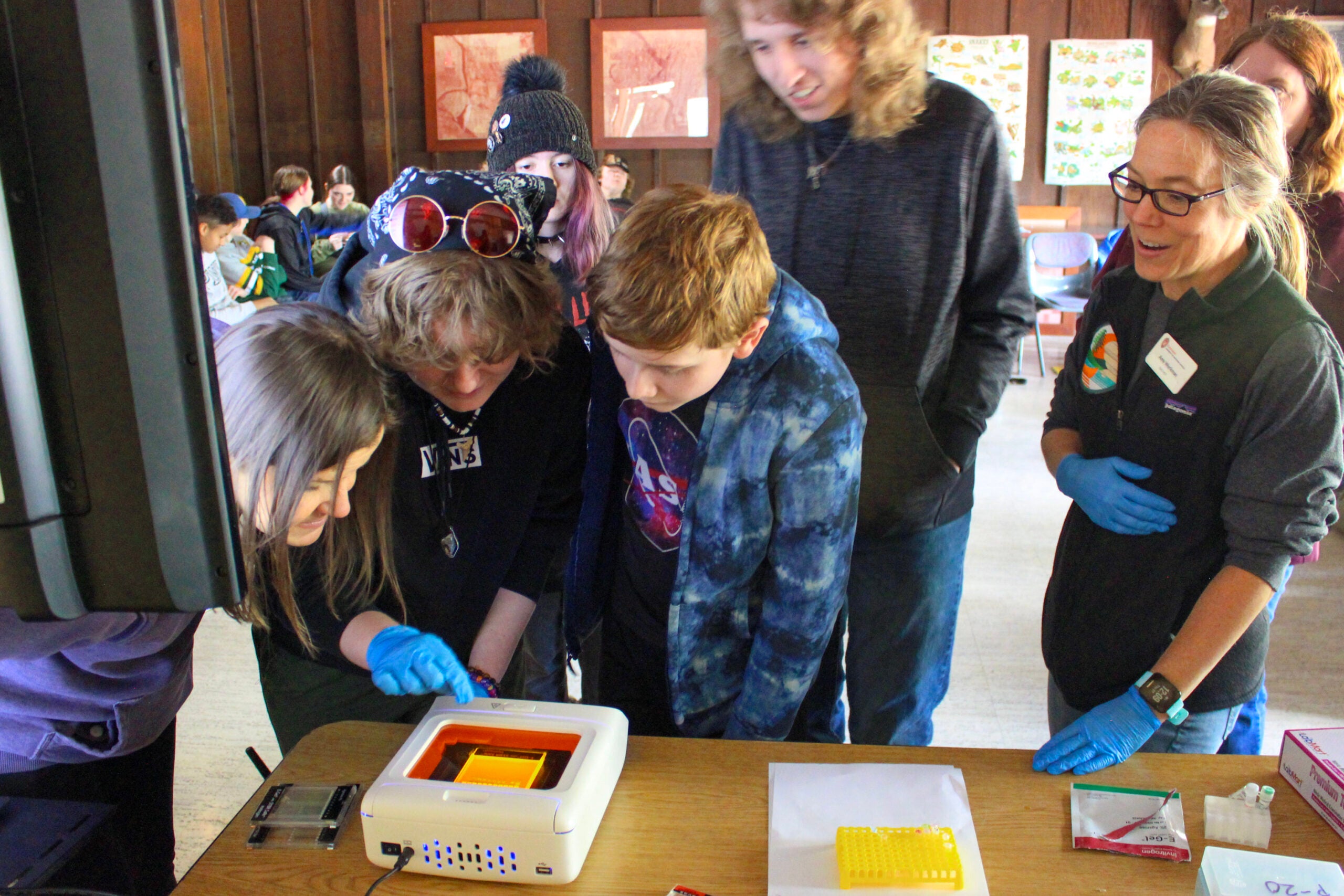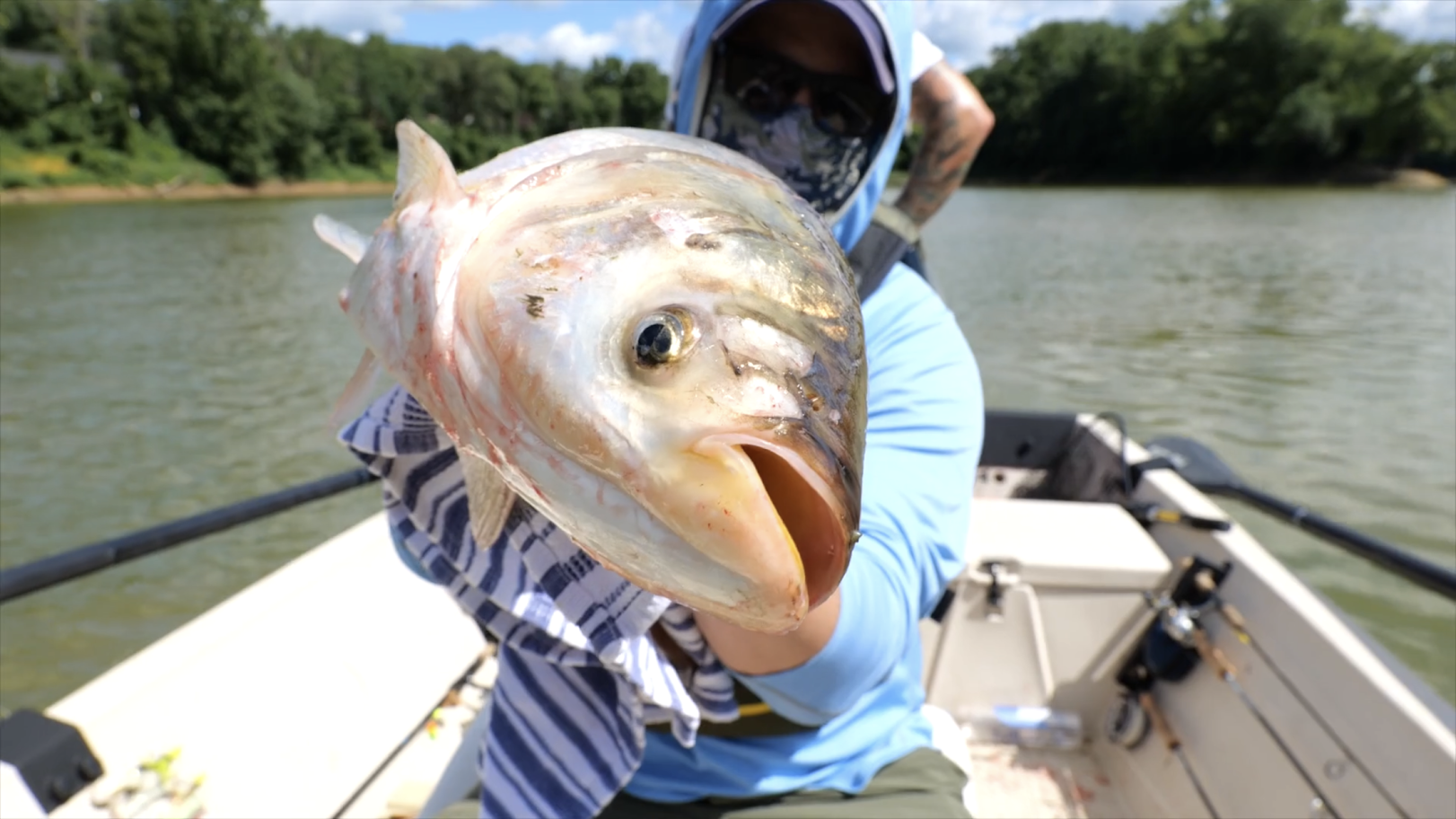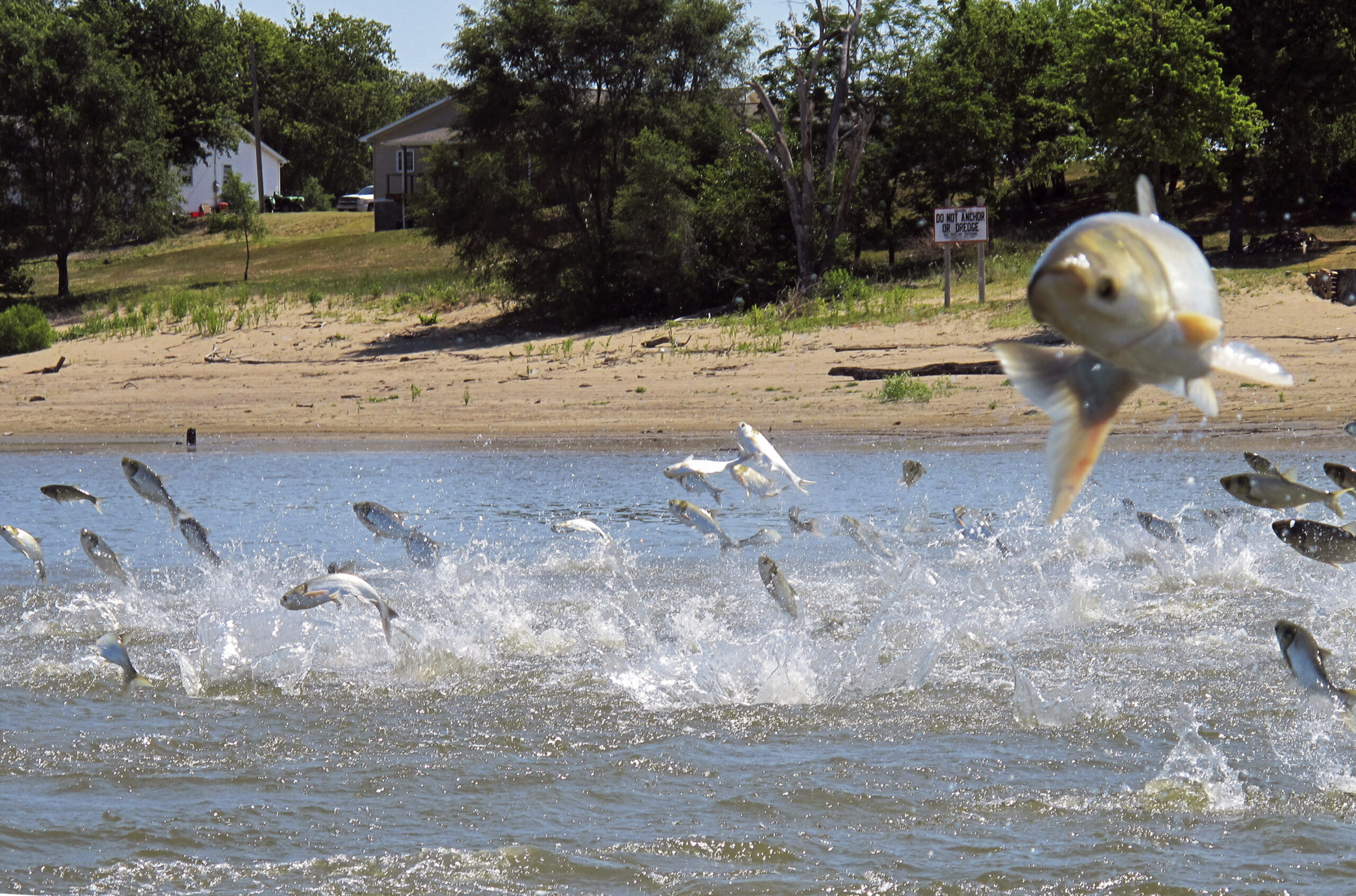The U.S. Army Corps of Engineers is slated to begin construction next year on a $1.1 billion project in Illinois aimed at keeping invasive carp out of the Great Lakes.
The Army Corps and Illinois Department of Natural Resources held meetings about the project and toured the site this week. Engineers will install more defenses to keep the invasive fish from getting past a crucial choke point at the Brandon Road Lock and Dam along the Des Plaines River in Joliet, Illinois.
Scott Whitney, chief of project management with the Army Corps, said the plan includes using noisemakers, a bubble curtain, an electric barrier and flushing lock.
News with a little more humanity
WPR’s “Wisconsin Today” newsletter keeps you connected to the state you love without feeling overwhelmed. No paywall. No agenda. No corporate filter.
“We are standing on the threshold of an opportunity to prevent an entire watershed from being invaded by these new invasive species,” Whitney said during a meeting on Tuesday. “We’ve seen their damages wreak havoc from the southern portions of the country.”
The invasive fish was first introduced to the southern United States in the early 1960s and 1970s, according to the U.S. Fish and Wildlife Service. Recently, more than 300 invasive carp were caught on the Mississippi River near Trempealeau as the fish have expanded northward, likely due to flooding that allowed them to move upstream. The invasive fish known for their ability to leap from the water when disturbed threaten the $7 billion fishing industry and $15 billion recreation boating industry on the Great Lakes. The fish outcompete native species because they can consume almost half of their body weight in food each day.
Titus Seilheimer, fisheries specialist with Wisconsin Sea Grant, said that raises concerns that invasive carp could change the food web if they become established in Lake Michigan.
“We already have issues with the quagga mussels filtering the algae, which means less zooplankton, which means less food for the little fish, which means less food for the big fish,” Seilheimer said. “If we throw in another fish that is a filter feeder as well, that could be a concern for our fisheries — both our sport fishery (and) the commercial fisheries.”
If introduced, Seilheimer said larger populations of invasive carp could succeed in nearshore areas like lower Green Bay and the Fox River up to the De Pere Dam. He noted early research indicated the fish may not be able to thrive in offshore areas where there’s less food. A more recent study found invasive carp could survive on a diet that included detritus or what Seilheimer called the leftovers from quagga mussels filtering food on the bottom.
The Corps has identified 18 points where the fish could enter the Great Lakes, and Whitney said all have been sealed off except for the Brandon Road Lock and Dam.

Photo courtesy of the Rock Island District of the U.S. Army Corps of Engineeers
Even so, live invasive carp have been found just miles from Lake Michigan and beyond barriers in the Chicago Area Waterway System, which connects Lake Michigan with the Mississippi River via the Lower Des Plaines and Illinois rivers.
The additional fortifications are being installed downstream of those electric barriers. Marc Smith, policy director for the National Wildlife Federation, said that provides more layers of protection to prevent their spread. He said it also reduces effects on shipping and barge traffic on the Chicago canal system that links the Chicago River with the Des Plaines River.
“Ships will still need to go through this lock system, and the set of controls. There will be some time that will be added on to allow ships to maneuver through the lock system when these controls are on,” Smith said. “But it’s not going to stop commerce.”
A construction contract is set to be awarded for the first phase of the project next year, and it will take about three years to build. The entire project will take up to 8 years to build as long as there’s sufficient funding.
Around $274 million in federal money has already been made available to begin construction, including $225.8 million provided under the Bipartisan Infrastructure Law. The federal government will fund 90 percent of the $1.1 billion effort, with Michigan and Illinois sharing $114 million of the project’s cost.
Tim Campbell, aquatic invasive species specialist for Wisconsin Sea Grant, acknowledged some people may experience sticker shock from the price tag of installing additional measures. However, he argued it saves money in terms of the work that would be necessary to adapt to an invasion in the Great Lakes.
“The way it changes people’s lives, to me, this is really a small investment relative to what the potential economic impacts are if we were to see an invasion,” Campbell said.
However, Illinois has not yet signed a project partnership agreement with the Army Corps. Michigan Radio reported the state is concerned about acquiring land for the project that may have contamination from a former power plant complex that burned coal. The federal agency said ongoing negotiations indicate an agreement could be executed yet this year.
Smith said the project is the best chance for reducing the risk of invasive carp getting into the Great Lakes.
“If we can just get it across the goal line, I will feel much better,” Smith said, “and sleep better knowing that we have more assurances to help keep carp out.”
Wisconsin Public Radio, © Copyright 2025, Board of Regents of the University of Wisconsin System and Wisconsin Educational Communications Board.

